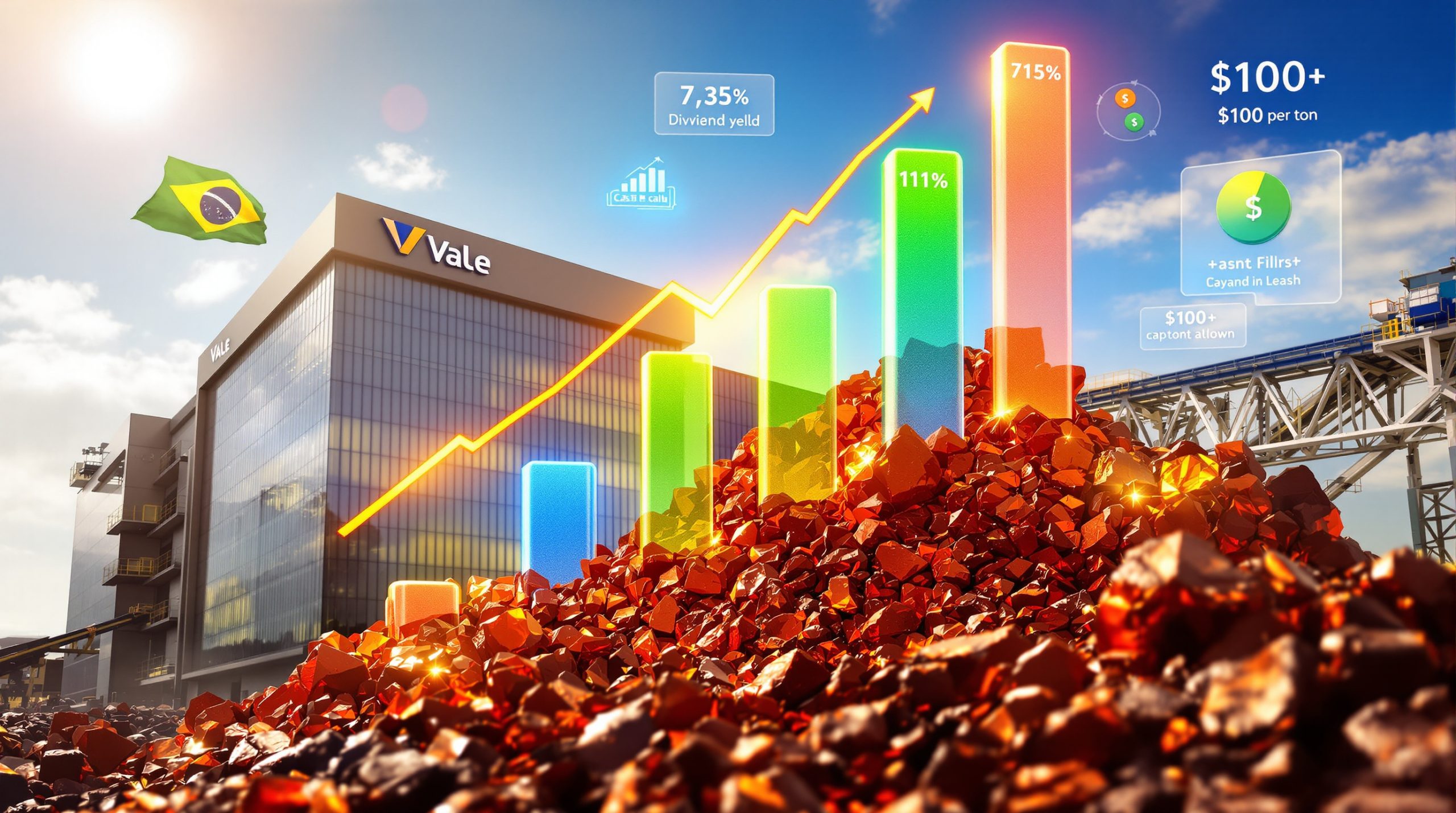Understanding the Australian Stock Market
The Australian Securities Exchange (ASX) stands as the primary stock exchange in Australia, operating as a fully electronic trading platform headquartered in Sydney. With over 2,200 listed companies across diverse sectors and a combined market value exceeding $1.5 trillion, the ASX ranks approximately 15th globally in terms of market size. According to the ASX Australian Investor Study 2023, approximately 51% of adult Australians own shares, demonstrating the significant penetration of equity investment in Australian society.
Regulated by the Australian Securities and Investments Commission (ASIC), the ASX provides a robust framework for investors to participate in an overview of the Australian stock market through equity ownership. ASIC's oversight ensures market integrity and transparency, protecting investors while maintaining a competitive marketplace.
How Does the ASX Trading System Work?
The ASX operates on a T+2 settlement cycle, meaning trades are settled two business days after the transaction occurs. This standardized settlement period aligns with international best practices and helps manage counterparty risk effectively.
Trading hours run from 10:00 am to 4:00 pm Australian Eastern Standard Time (AEST), with pre-market and after-hours trading available for certain securities. This schedule creates interesting dynamics with global markets, as Australian traders often react to overnight developments from US and European markets.
The fully electronic trading platform facilitates not just equities but also derivatives, fixed-income securities, and other financial instruments. Understanding market dynamics explained is crucial for traders navigating this system efficiently. This technological infrastructure enables efficient price discovery and liquidity across various asset classes.
Key ASX Indices
The S&P/ASX 200 serves as the benchmark index for the Australian equity market, comprising the top 200 companies by market capitalization. This index is widely referenced by both domestic and international investors to gauge the overall performance of the Australian stock market.
Beyond the headline index, sector-specific indices provide more targeted insights into market segments:
The S&P/ASX Financials tracks the performance of Australia's banks, insurance companies, and other financial institutions, which collectively form the largest sector by market capitalization.
The S&P/ASX Resources captures the performance of mining and resource companies, reflecting Australia's strength as a resource-exporting nation.
The S&P/ASX Health Care follows biotechnology firms, hospital operators, and medical device manufacturers, representing a growing sector with increasing global relevance.
How to Start Investing in the ASX
Entering the Australian stock market requires establishing an account with a licensed stockbroker who will facilitate transactions on your behalf. Australia offers various brokerage options, from full-service firms providing comprehensive advice to discount online platforms catering to self-directed investors.
The ASX stipulates a minimum initial purchase requirement of $500 in any listed company, which helps maintain market integrity while keeping entry barriers relatively low. This minimum investment threshold ensures participation remains accessible to everyday Australians.
Brokerage fees apply to all transactions and can vary significantly between providers. These fees typically range from $5 to $30 per trade for online brokers, with full-service brokers charging more for their additional advisory services.
Electronic settlement and payment are handled through your broker, with the CHESS (Clearing House Electronic Subregister System) providing the infrastructure for the secure transfer of share ownership.
What Makes the Australian Stock Market Unique?
The Australian stock market exhibits several distinctive characteristics that differentiate it from other global markets. Perhaps most notably, it demonstrates a strong reliance on commodity prices, with resource stocks comprising approximately 20% of the ASX 200 index.
The performance of major mining companies like BHP and Rio Tinto is intrinsically linked to global demand for iron ore, coal, and other minerals, creating significant exposure to international commodity cycles. Understanding the latest Australian mining trends can provide valuable context for investors. With China consuming approximately 60% of Australia's iron ore exports, geopolitical tensions can significantly impact market performance.
Australia's financial sector dominates index composition, with the "Big Four" banks (Commonwealth Bank, Westpac, ANZ, and National Australia Bank) collectively representing around 20% of the ASX 200. This concentration creates notable interest rate sensitivity across the broader market.
The geographical location and time zone differences create unique trading patterns. As the first major market to open each day, the ASX often reacts to overnight developments in US markets, creating potential arbitrage opportunities for sophisticated traders.
Major Sectors in the ASX
The ASX features a diverse range of sectors, though with notably different weightings than many international markets:
Financial Services represents approximately 30% of the ASX 200, dominated by the "Big Four" banks. Australia's banking sector is characterized by high dividends, strong capital ratios, and substantial exposure to the domestic mortgage market.
Resources and Mining comprises around 20% of the market, featuring global giants like BHP and Rio Tinto alongside smaller explorers. For beginners interested in this sector, a comprehensive mining stocks guide can provide essential insights. Australia's rich mineral deposits, particularly in iron ore, coal, and increasingly lithium and rare earths, drive this sector's prominence.
Healthcare has grown to approximately 10% of the index, led by global leader CSL Limited, which specializes in plasma products and vaccines. The sector's R&D spending has maintained a 22% compound annual growth rate since 2018, positioning it as an innovation hub.
Technology remains relatively underrepresented at around 3-4% of the index, significantly lower than the 28% weighting in the S&P 500. However, emerging fintechs and software-as-a-service companies are gradually increasing the sector's prominence.
Consumer stocks include both discretionary retailers and staples like supermarkets, offering exposure to Australia's resilient domestic consumption patterns.
Energy companies span traditional oil and gas producers as well as a growing cohort of renewable energy providers, with Australia's renewable capacity projected to double to 44 GW by 2030.
How Does the ASX Compare to Global Markets?
The ASX operates from 10:00 am to 4:00 pm AEST, positioning it as the first major exchange to open each trading day. This timing creates minimal overlap with European markets and only partial overlap with Asian exchanges, influencing cross-market correlations.
Unlike the technology-dominated US market, the ASX features a stronger reliance on financials and commodities. While this creates diversification benefits for global investors, it also means the ASX often underperforms during technology-led bull markets.
The Australian market demonstrates greater dividend focus than many international peers. The average dividend yield on the ASX historically ranges between 4-5%, substantially higher than the S&P 500's typical 1.5-2% yield. This income orientation stems partly from Australia's dividend imputation system.
Australia's unique dividend imputation system allows investors to receive tax credits for corporate taxes already paid on distributed dividends, eliminating double taxation. This "franking credit" system encourages companies to maintain higher payout ratios than international counterparts.
The ASX is more susceptible to Asia-Pacific regional economic conditions, particularly Chinese growth dynamics, given Australia's role as a major resource supplier to Asian economies. This creates both opportunities and vulnerabilities for investors.
Investment Opportunities in the ASX
Direct equity investments in ASX-listed companies provide exposure to Australia's economic strengths. Investors can target specific sectors like resources for commodity exposure or financials for income generation.
Exchange-Traded Funds (ETFs) covering various sectors and indices have proliferated in recent years, offering diversified exposure with lower minimum investment requirements. For those interested in precious metals, exploring gold ETFs strategies can be particularly valuable. These vehicles are particularly useful for international investors seeking broad Australian market exposure.
Dividend-focused investments capitalize on Australia's favorable dividend imputation system. The "franking credits" attached to most Australian dividends can significantly enhance after-tax returns for eligible investors, particularly in superannuation (retirement) accounts.
Resource sector investments provide natural inflation hedging through exposure to hard assets and commodities. Companies like Pilbara Minerals are leveraging the global shift toward electrification through lithium production for batteries.
Renewable energy infrastructure represents a growing opportunity, with Australia's abundant solar and wind resources positioning it well for the global energy transition. Companies like Infratil are developing substantial renewable generation capacity.
FAQ About the Australian Stock Market
What is the minimum amount needed to start investing in ASX shares?
The minimum initial investment required for any ASX-listed company is $500, plus brokerage fees that vary by provider. This threshold ensures market integrity while keeping participation accessible to most Australians. For those seeking lower entry points, managed funds and ETFs can provide diversified exposure with potentially lower minimum investments.
How do trading hours work on the ASX?
The ASX operates from 10:00 am to 4:00 pm Australian Eastern Standard Time, with pre-market and after-hours trading available for certain securities. The opening auction runs from 10:00 am to 10:10 am, establishing opening prices based on overnight orders. The market then transitions to continuous trading until the closing auction at 4:00 pm. This schedule creates interesting dynamics with global markets, as Australian traders often react to overnight developments from US and European markets.
How does the ASX compare to the US stock market?
The ASX differs from US markets in several key aspects. Size is the most obvious distinction, with the ASX's $1.5 trillion market capitalization representing approximately 5% of the US market's value. Sector composition reveals another stark contrast: while technology comprises around 28% of the S&P 500, it represents just 3-4% of the ASX 200.
Australia's market demonstrates a stronger emphasis on dividend payments, with the average ASX dividend yield typically double that of US markets. This income orientation stems partly from Australia's dividend imputation system, which encourages higher payout ratios than in the US.
Trading hours and regulatory frameworks also differ, with the ASX operating under ASIC oversight while US markets follow SEC regulations. These differences create both diversification benefits and challenges for investors operating across both markets.
What are the main risks of investing in the Australian stock market?
Key risks include market volatility, which affects all equity markets but can be pronounced in Australia due to commodity exposure. Commodity price fluctuations significantly impact resource stocks, which represent approximately 20% of the ASX 200.
Currency risks affect international investors, as fluctuations in the Australian dollar can enhance or diminish returns when converted to other currencies. The AUD typically correlates with commodity prices, adding another layer of complexity.
Sector concentration risks are notable, particularly in financials and resources. The "Big Four" banks alone comprise around 20% of the ASX 200, creating significant exposure to domestic housing market dynamics and interest rate movements.
Understanding the difference between investing vs speculating becomes crucial in navigating these risks effectively. Geopolitical tensions, particularly in Australia-China relations, can impact market performance given China's position as Australia's largest trading partner. The 2020-2021 trade disputes highlighted this vulnerability, with resource stocks declining significantly amid Chinese import restrictions.
How is the ASX regulated?
The Australian Securities and Investments Commission (ASIC) serves as the primary regulator of the ASX, ensuring transparency, fairness, and investor protection. ASIC enforces continuous disclosure requirements, mandating that listed companies promptly release market-sensitive information to prevent insider trading advantages.
Corporate governance standards are maintained through the ASX Corporate Governance Council's principles, which operate on a "comply or explain" basis. This framework requires companies to either follow best practices or explain their alternative approaches.
Market surveillance systems monitor trading patterns to detect potential manipulation or insider trading, with ASIC having the authority to investigate suspicious activities and enforce penalties. This regulatory framework helps maintain Australia's reputation for market integrity while balancing innovation and investor protection.
Ready to Spot the Next Major Australian Mining Discovery?
Gain a competitive advantage in the ASX market with instant notifications on significant mineral discoveries through Discovery Alert's proprietary Discovery IQ model, transforming complex data into actionable investment insights. Explore why historic discoveries can generate exceptional returns by visiting the dedicated discoveries page and start your 30-day free trial today to position yourself ahead of the market.




